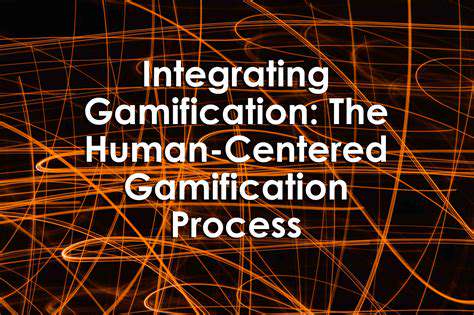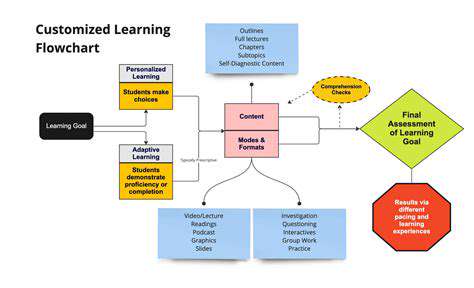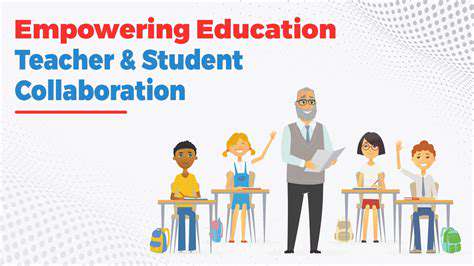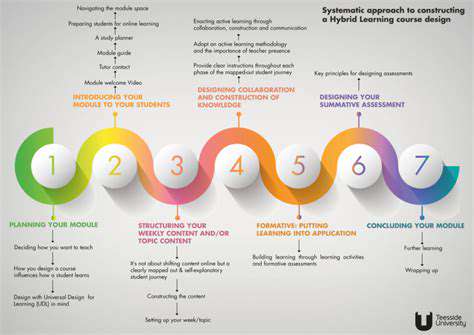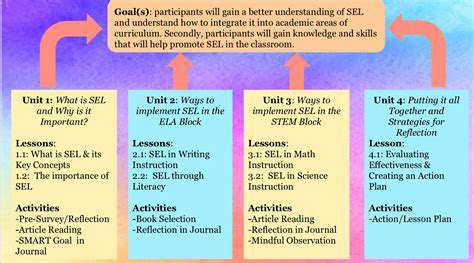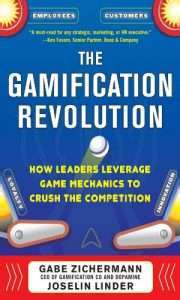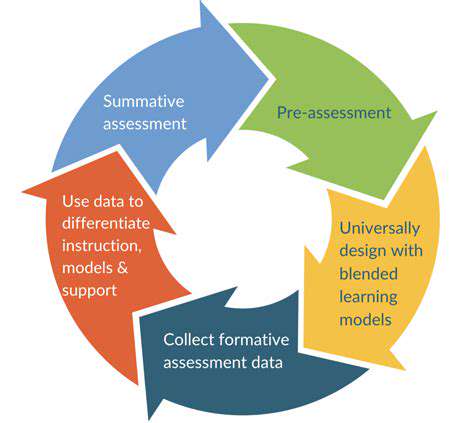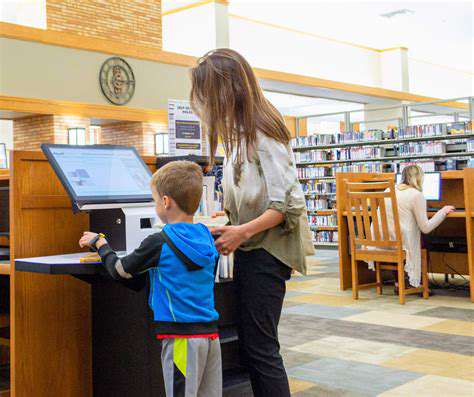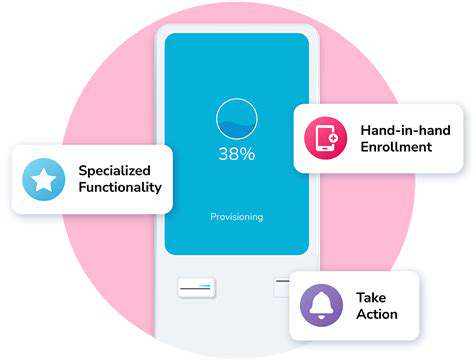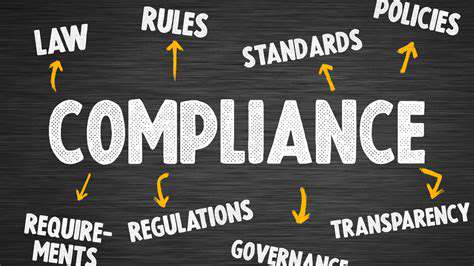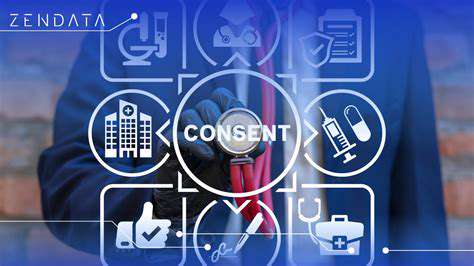The Democratization of Education Through EdTech
Social prejudices have fundamentally influenced who gets educational advantages. Preconceived notions about certain demographics' abilities frequently result in diminished academic expectations and reduced investment in their schooling. These persistent stereotypes have dramatically affected generations of learners, creating self-perpetuating educational inequality with consequences reaching far outside school walls.
Socioeconomic Factors
Financial inequality creates substantial educational hurdles. Learners from economically disadvantaged households commonly struggle with insufficient home resources - lacking computers, reading materials, or stable internet connections that support learning. Fewer opportunities for after-school programs and academic enrichment widen the divide between privileged and underprivileged students.
School expenses - including tuition, supplies, and additional fees - present formidable challenges for families with limited means. The pressure to financially contribute often drives students to juggle work and studies, compromising both academic success and personal well-being. Constant financial stress makes concentrating on education difficult, preventing many from achieving their educational goals.
Geographic Limitations
Where students live dramatically affects their educational possibilities. Those in countryside regions typically have fewer specialized courses, modern equipment, and experienced educators compared to city students. This imbalance in educational infrastructure profoundly influences academic performance and future opportunities. Transportation difficulties present another major barrier for rural students trying to reach better-equipped schools with qualified staff. These location-based challenges significantly impact learning results for underserved populations.
Additionally, the physical distance to schools creates substantial obstacles for isolated communities. Limited access to learning resources like public libraries and tutoring centers compounds the difficulties rural students encounter. The stark contrast in educational access based on geography highlights the urgent need for focused solutions to create equal learning opportunities regardless of residence.
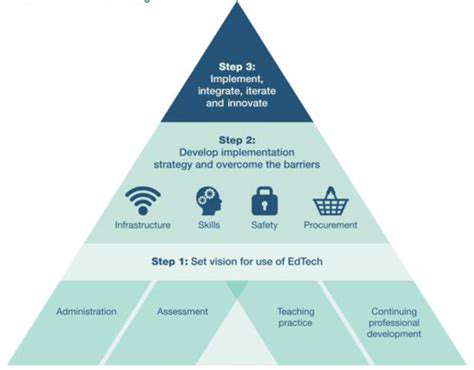
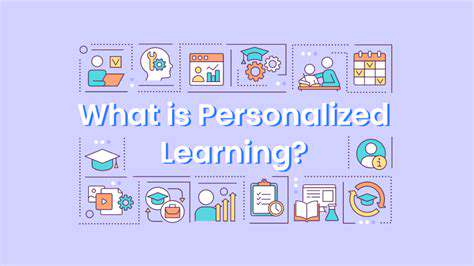
The Future of EdTech and Educational Equity
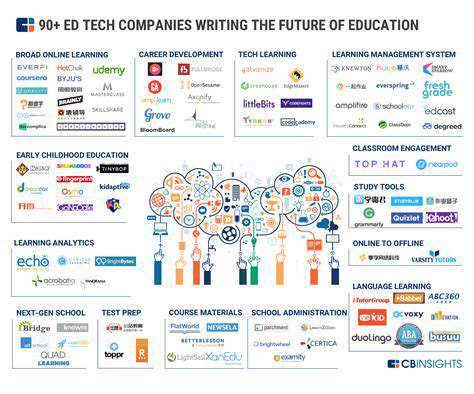
The Rise of Personalized Learning
Customized education platforms are transforming teaching by adapting materials and pacing to each student's requirements. This methodology extends beyond difficulty adjustments to incorporate learning preferences, engagement styles, and personal strengths. Using data analysis and smart algorithms, these systems modify lessons dynamically, providing precise assistance where necessary. This individualized strategy creates more captivating and productive learning that improves results across student populations.
Tailored learning approaches dramatically boost student involvement and drive. By addressing personal educational needs, these systems establish more encouraging and inspiring classroom environments that enhance both performance and passion for learning.
Immersive Learning Experiences
Virtual and augmented reality tools are revolutionizing educational engagement. These absorbing digital spaces offer interactive models that make difficult concepts tangible, promoting better comprehension and memory. Learners can virtually experience historical moments, examine intricate biological processes, or perform simulated lab work within these innovative educational settings.
The hands-on quality of these digital experiences enables active learning participation, which proves essential for cultivating analytical abilities and solution-finding skills through direct involvement.
The Integration of AI in Education
Intelligent systems are becoming deeply embedded in educational technology. Automated platforms can handle organizational duties, deliver customized evaluations, and supply specialized academic support. This efficiency allows teachers to concentrate on higher-level instructional priorities like developing students' analytical and creative capacities.
Smart educational tools provide immediate, personalized guidance that pinpoints and addresses specific learning obstacles. This targeted help proves invaluable for students grappling with particular subjects, offering them customized assistance exactly when needed.
The Impact of Gamification on Learning
Incorporating game elements into education demonstrates remarkable effectiveness. By integrating reward systems, achievement markers, competitive frameworks, and structured challenges, educators craft more compelling learning scenarios. This method increases student enthusiasm and collaboration while building confidence and cooperative skills.
Game-based learning techniques substantially raise student motivation and participation. Making education more interactive and enjoyable helps create positive classroom atmospheres that improve academic performance.
The Importance of Data-Driven Insights
Information analysis plays a vital role in understanding student achievement patterns. Tracking and evaluating data on participation, progress, and difficulties gives educators crucial understanding of individual learning requirements. These insights enable customized teaching approaches and targeted support methods to optimize each student's educational experience.
Evidence-based analysis empowers teachers to make knowledgeable instructional and curricular decisions, leading to more impactful teaching and better student results.
Accessibility and Inclusivity in EdTech
Educational technology must emphasize universal design to guarantee all learners benefit from technological advancements, regardless of personal circumstances or learning differences. This means accommodating various learning preferences, physical abilities, and cultural contexts. Developing inclusive digital learning spaces proves essential for promoting fairness and ensuring every student's chance to excel.
Focusing on universal accessibility in educational technology creates more balanced opportunities for diverse learners. This commitment leads to richer educational experiences for all students, building genuinely inclusive academic communities.
